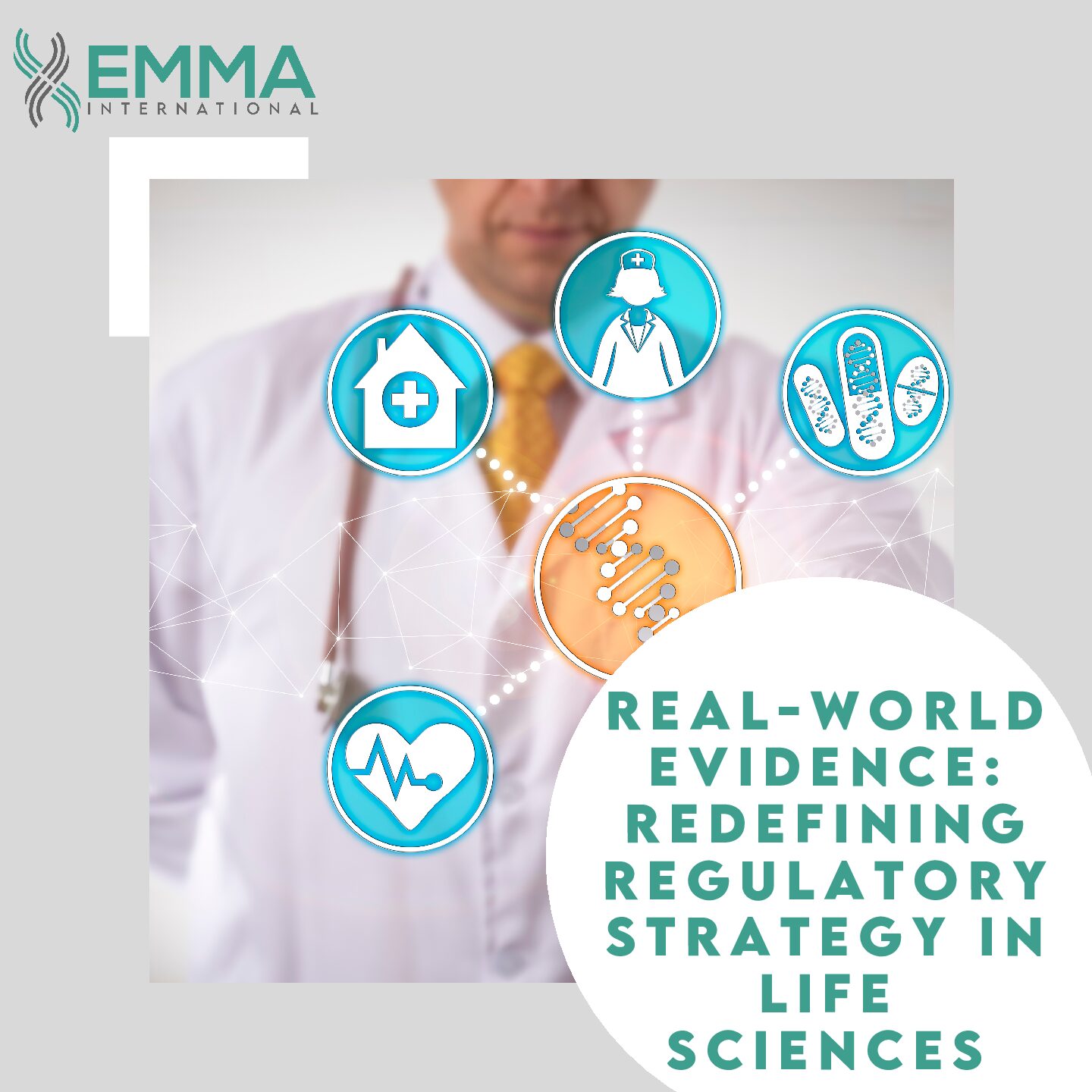As technology and science in medicine continue to progress, joint replacements continue to prove a challenge and require complex solutions for restoration of function. Designing a replacement for any joint involves a plethora of considerations in terms of user needs, design inputs, usability, compatibility and more. For example, during the movement of the hand, it is important that the bone and surrounding tissue remain protected and well lubricated from shear and tensile stresses. The flexor tendons that connect muscles of the forearm to bones in the fingers and thumbs are enclosed by synovial sheaths. The synovial sheath is a thin layer of tissue that helps protect tendons from abrasive damage as they move [1]. It is important to take this into account when creating a new artificial joint, both tendons and synovial sheath will need to remain intact after implantation. The material used in the artificial joint will also need to be biocompatible to prevent tissue scarring and allow for proper healing. This will also allow for connective tissue to attach to the artificial joint and allow for the joint to function as intended.
To design a replacement artificial joint, several necessary steps need to be considered. The first step would be to identify the anatomy of a joint which includes articulating bone tissue, surrounding tendons/ligaments, and muscles that support joint movement. Material properties of the joint being replaced as well as any neighboring tissues need to be characterized, which will help determine the materials that will be needed to synthesize a replacement. The shape and size of the joint will also need to be modeled depending on the patient that will receive the artificial joint. Shape will determine how the joint moves, relating to important parameters regarding degrees of freedom, young’s modulus, and other functional mechanical properties.
Joint replacements have seen considerable progress in the past two decades as replacement materials have improved in biocompatibility, quality, and function. For example, PyroCarbon (trademark pyrolytic carbon) demonstrates minimal wear when in contact with cortical bone, a key functional characteristic of an implantable replacement [2]. Pyrolytic carbons need to be able to form a bond with naturally existing bone and tissue to be a valid candidate for use as a biomaterial. The microporous structure of pyrolytic carbon allows it to bond and fixate to bone without cementation. This fixation is progressed via bone apposition and, without cementation even, shows to be compatible with bone and joint cartilage [3]. Joint replacements continue to require accelerating research in the field of medical devices as the eventual goal as a solution is for joint replacements to restore complete function of natural joints.
Are you struggling to get your device or drug FDA approved? Give EMMA International a call today at 248-997-4497 to learn which regulatory pathway is right for your product. We specialize in full-circle consulting to help get your product approved and out to market in the best way possible.
- Radin, Eric L., et al. “Joint Lubrication with Artificial Lubricants.” Arthritis &
Rheumatism, vol. 14, no. 1, 1971, pp. 126–29. Wiley Online Library, https://onlinelibrary.wiley.com/doi/pdf/10.1002/art.1780140116
- Bellemère, P. “Pyrocarbon Implants for the Hand and Wrist.” Hand Surgery and
Rehabilitation, vol. 37, no. 3, June 2018, pp. 129–54. ScienceDirect, https://doi.org/10.1016/j.hansur.2018.03.001
- Haubold, A. D. “On the Durability of Pyrolytic Carbon in Vivo.” Medical Progress
Through Technology, vol. 20, no. 3–4, 1994, pp. 201–08. https://www.ncbi.nlm.nih.gov/pubmed/7877566






